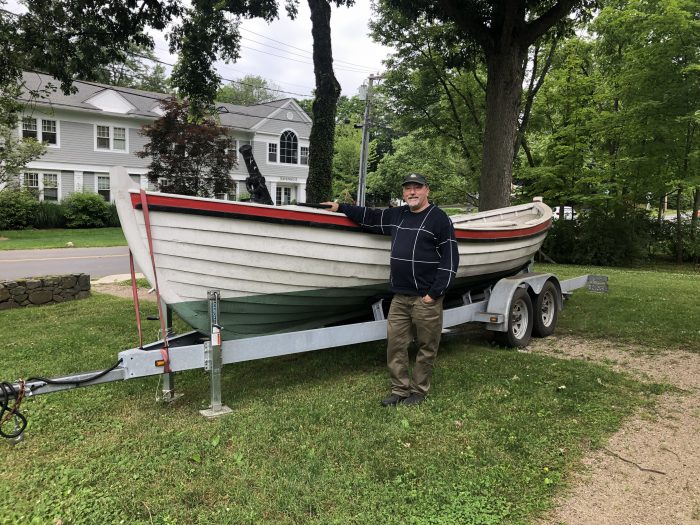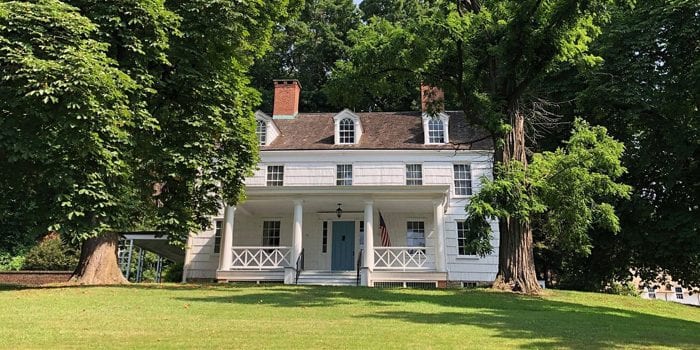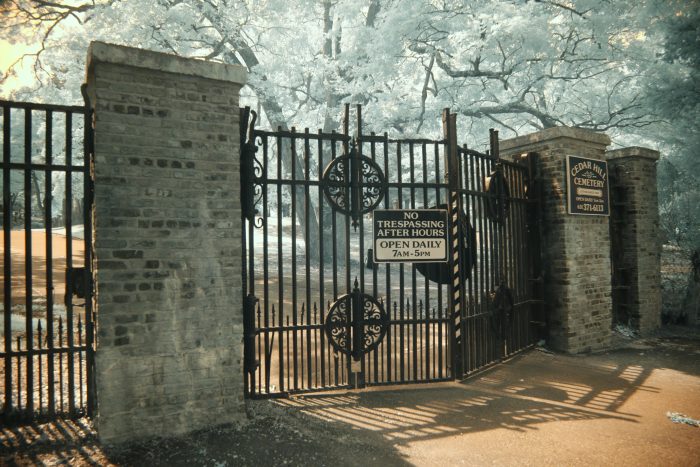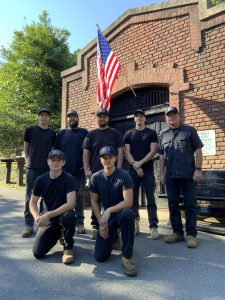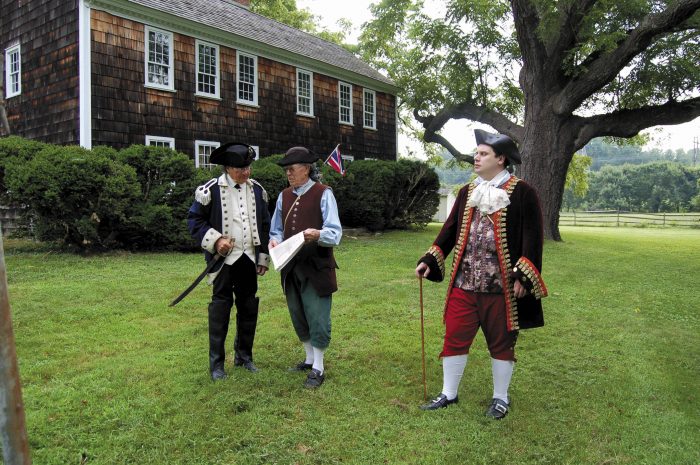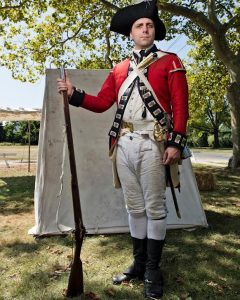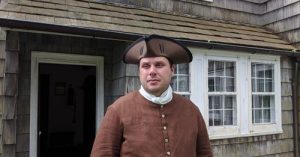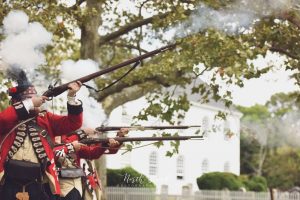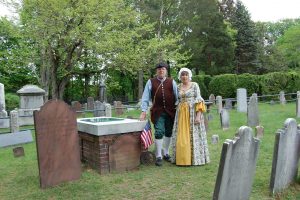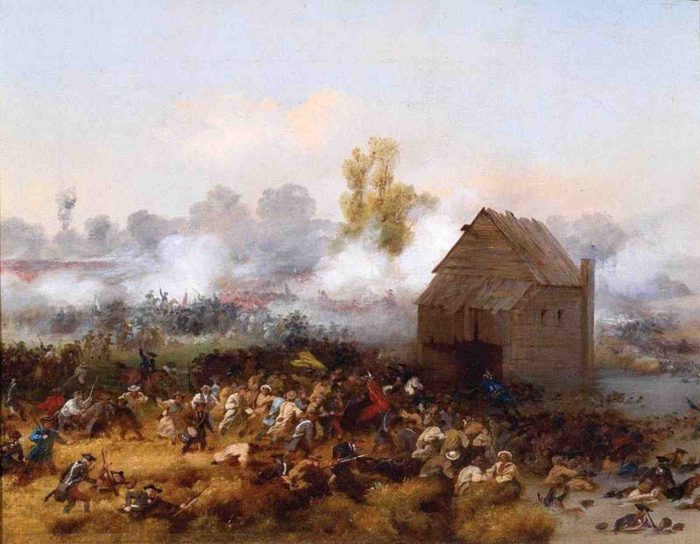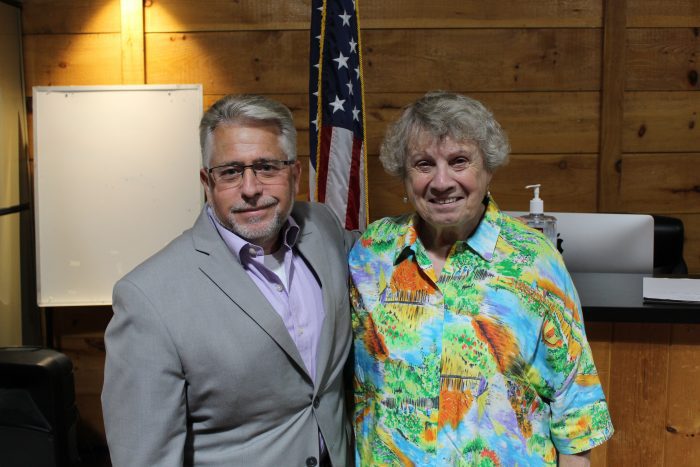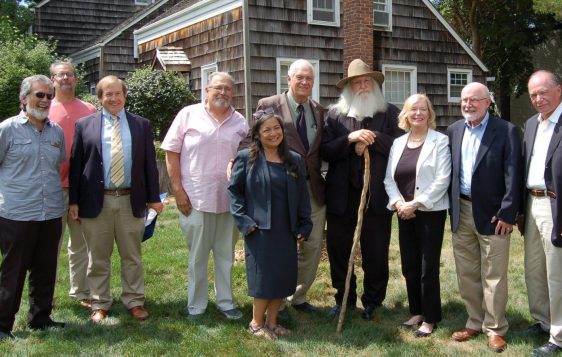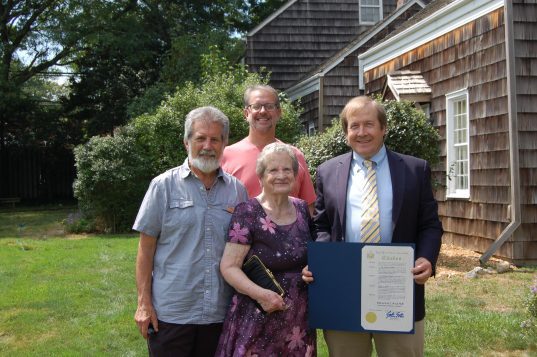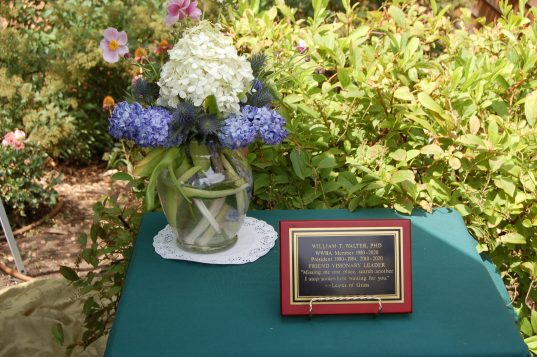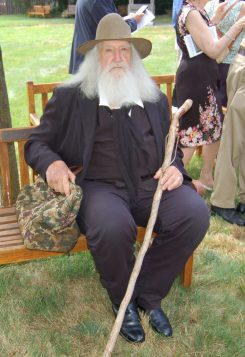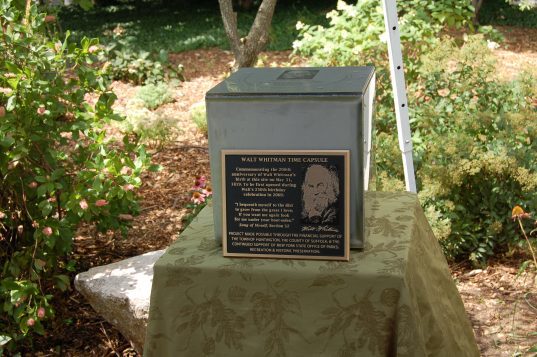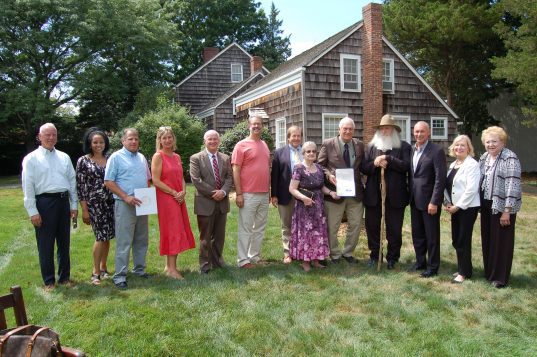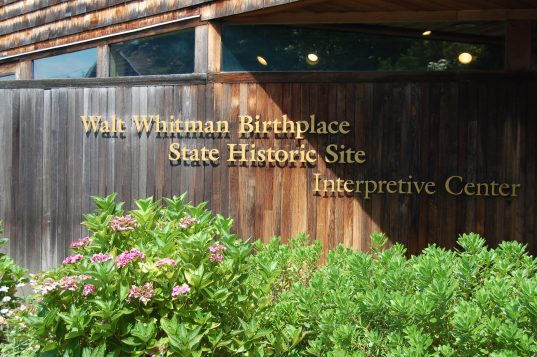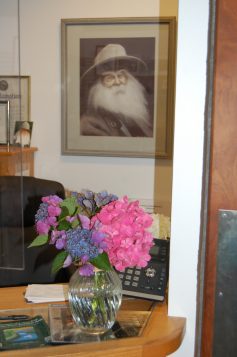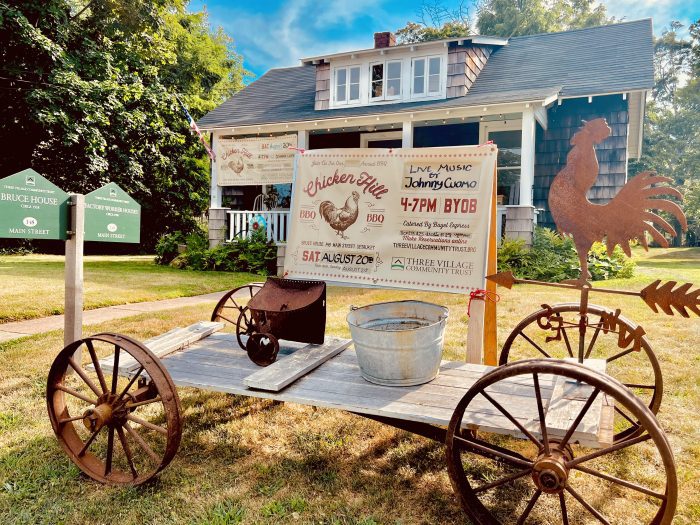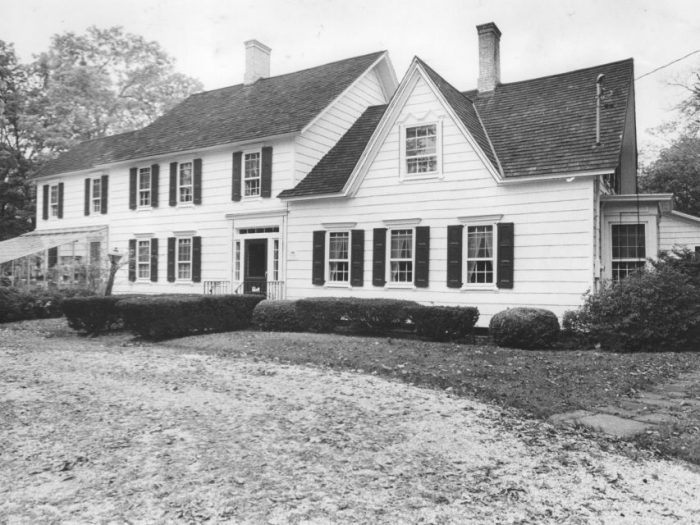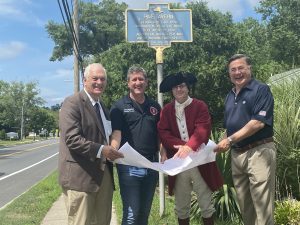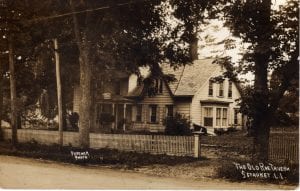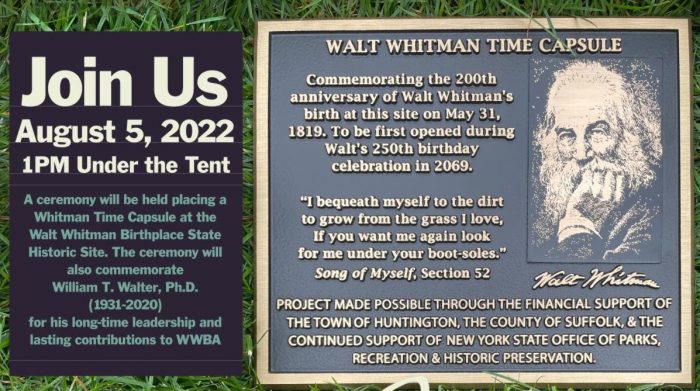American history and local tradition are on a collision course here in the Village of Port Jefferson.
Last month, public officials announced that the village government would partner with the Port Jeff-based Bayles Boat Shop to recreate a whaleboat from the American Revolution era. The boat shop is an offshoot of the Long Island Seaport and Eco Center, also known as LISEC, a nonprofit dedicated to the preservation of maritime history on Long Island.
Mayor Margot Garant said the village government entered into conversations with LISEC because it sought a way to promote the story of Port Jefferson’s role in the Culper Spy Ring.
“We would have never considered it without having LISEC as a partner,” Garant said. “They just absolutely loved the concept. We brought it to them for the historical component and for helping us tell the story about Port Jefferson’s instrumental role — and the Roe family’s role, in particular — in the spy ring.” She added, “We felt the whaleboat would be a unique way of embracing the history, telling the story and engaging the community.”
In an interview, LISEC president Len Carolan indicated that the buildout would last for up to two years or so. “The boat will be a little bit longer than 25 feet, 6 feet wide, and it will weigh up to a ton,” Carolan said. He added that a project of this scale will also require additional steps: “This is the first time we’re going to be using a lofting platform.”
Lofting is a practice in wooden shipbuilding that enables designers to produce full-scale drawings used as templates. These renderings will help the builders to cut wood pieces with precision and to create a vessel that is as true to the source as possible.
The designers even hope to use the same building materials as the original whaleboats. “Typically, the boats then were built with white oak and white cedar,” Carolan said. “We have access to white oak because that grows here on Long Island. The white cedar, though, is no longer available here, so we’ll have to go a little further north to get the kind of wood we need.”
The term “whaleboat” is a misnomer, denoting the style of the vessel rather than its intended function. Carolan stressed that the operators of the original whaleboats did not use them for hunting whales.
“It’s similar to the design of the boats used to hunt whales, but those boats were much bigger — they were like 32 to 36 feet long,” he said. However, the boat’s design likely offered the patriots certain tactical advantages at sea. “It was easy to maneuver and row, and they were able to raid British ships and get away quickly using these whaleboats.”
Local historian Mark Sternberg is among the key figures involved in this project. Sternberg said he cultivated an interest in local history while growing up in the Port Jefferson School District. Back then, the stories of local patriots left an early impression upon him, inspiring him to pursue the subject more deeply.
“I’m from Port Jefferson … and grew up surrounded by the history here,” he said. “There is a lot of stuff here in Port Jeff that hasn’t been well documented. We have barely even started to scratch the surface of what we know about the spy ring.”
Sternberg foresees the whaleboat serving an array of educational purposes. An operational whaleboat makes possible various historical reenactments, such as Valentine Rider’s misguided plundering of the Roes — whom he had falsely believed were loyalists — and scenes of the numerous whaleboat battles fought in the Long Island Sound.
Sternberg added the whaleboat would help to tell the story of Caleb Brewster, a Setauket native who assisted the American war effort through his participation in the spy ring. Brewster also joined in the famous whaleboat fighting on the Sound.
Though the name of Brewster’s whaleboat is lost to history, Sternberg recommends naming it “Resolution.” He said this title could still honor the Brewster legacy.
“My recommendation is to call the boat Resolution,” he said in an email. “This was the name of Valentine Rider’s whaleboat; [he was] a patriot privateer who launched from Connecticut to harass perceived loyalists on Long Island. It will work for plundering reenactments, as Valentine Rider and his men plundered the families of Nathaniel and Phillips Roe in May 1781 — the Roes were portraying themselves as loyalists as part of their roles in the Culper Spy Ring.” He added, “The name will also work if we ever try to reenact the intense whaleboat fight of 1782, as Valentine Rider fought alongside Caleb Brewster in that battle.”
Port Jeff village historian Chris Ryon also supports the whaleboat project. He sees the whaleboat as a unique opportunity to showcase two previously distinct strands of local history, connecting the village’s shipbuilding roots to its contributions to the Revolutionary cause.
The whaleboat “pulls it all together,” Ryon said. “It’s one of the earliest histories we have and pulls our Revolutionary War history in with our maritime history.”
Carolan expressed similar enthusiasm for the project. He said he hopes for the public to be able to follow the various stages of the buildout, from the construction of the lofting platform to the completion of the whaleboat.
He also holds that the whaleboat could be a precursor to similar projects down the road, generating momentum and boosting confidence among those working on it. “We are hoping that it becomes a visible sign to students and local school districts,” the LISEC president said. “And that the entire build from beginning to end is open for the public to see the progress.”
Carolan added that he hopes the build is the first of many large undertakings for the Bayles Boat Shop and added, “I think it’s going to give us so much more exposure.”
For Garant, sharing the local history of Port Jefferson is essential. By educating locals about their historical origins, she believes residents can better understand who they are, where they come from and their place within that history.
“I think the history is key to who we are,” the mayor said. “I feel one of the responsibilities of local government is to not only embrace that history, but to enrich and save it and work with the community to celebrate it and talk about it.”

